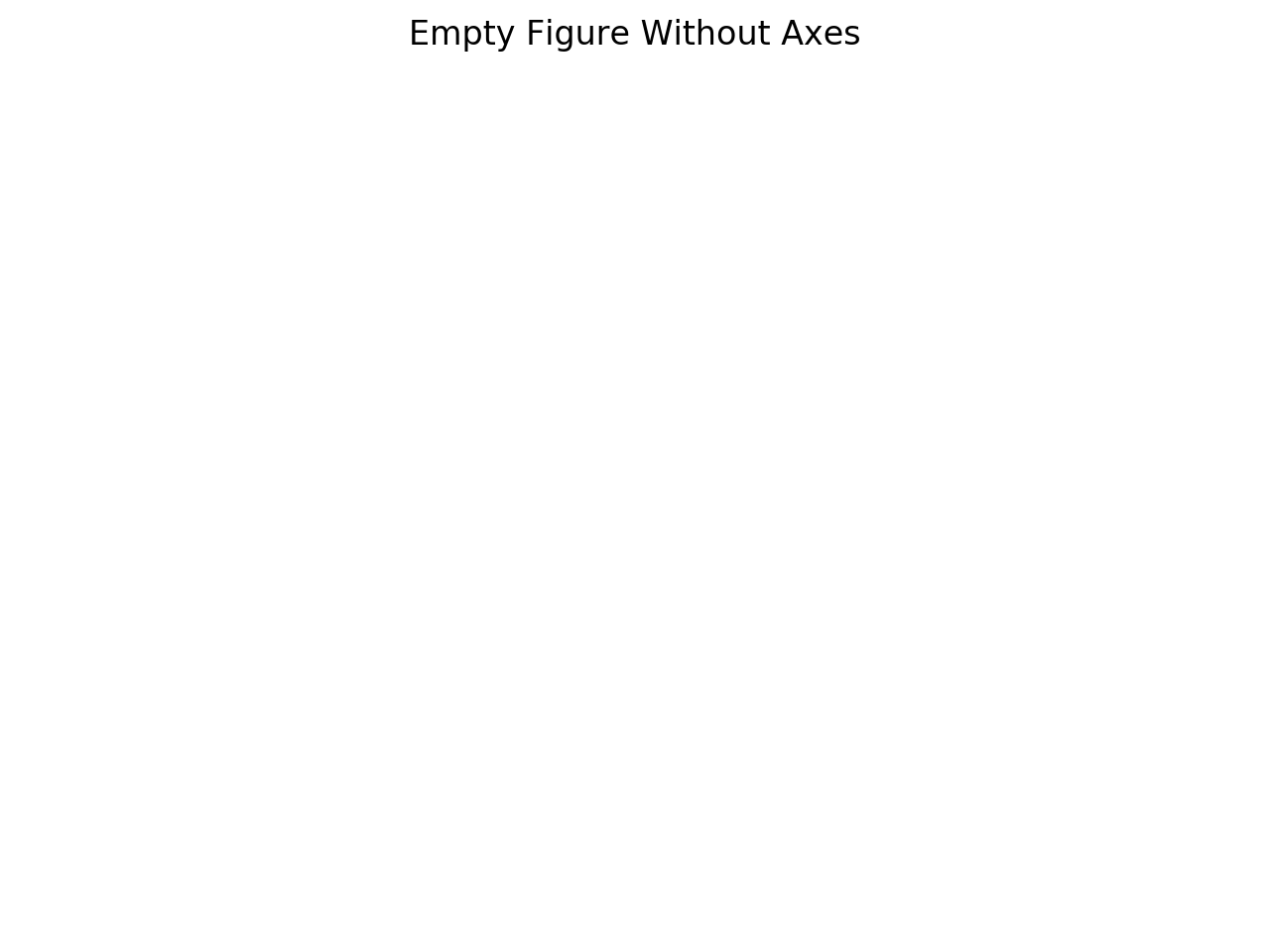Matplotlib
Matplotlib is one of the most mature visualization libraries in Python. It allows us to quickly create figures when we are first exploring our data and models, and allows us to have a lot of control over our final figures for publications.
Like many mature software projects, it can be a bit daunting to work with at first. There are a couple ways to approach things with Matplotlib, through what is known as the state-machine interface of matplotlib.pyplot and the object oriented approach. Depending on our needs, we might prefer one over the other. We will take a look at both of these approaches.
Key Components of a Figure
There are several components of a Matplotlib figure. Understanding how each of these fit together will give us better control over our visualizations. This is important when we want to present our work in papers, but it will also help us debug things when the default settings for figures don’t quite come out right.
Figure
This is the entire figure object. It keeps track of all the figure’s Axes, legends, titles, and the canvas object.
import matplotlib.pyplot as plt
fig = plt.figure()
fig.suptitle('Empty Figure Without Axes')
plt.show()

Axes
Axes are an important part of Matplotlib’s interface. These are what
you would consider the “plot” of your figure, the area in the image
that contains your data. A figure can have many Axes, but each Axes
can only have one Figure. Data limits for the figure can be controlled
through Axes with axes.Axes.set_xlim() and axes.Axes.set_ylim(). Axes
also hold titles and labels for each for each axis. Axes contain either
two or three Axis objects.
Axis
An Axis is acts as a scale delimeter for the Axes. They set the limits
of a figure and control the ticks of a plot.
Creating Figures
While we will take a closer look at this over the next sections of this chapter, there are a couple of things you want to keep in mind when working with Matplotlib.
Input Data
Matplotlib recommends using Numpy arrays as input types for figures. You can often get away with using Python lists and Pandas dataframe objects, but you might encounter some rough edges here and there when using those object types.
Two Iterfaces
As mentioned above, there are two main interfaces for Matplotlib, the state-machine interface and the object-oriented interface. In the next section, we will cover each of these approaches and talk about when you would want to use each.